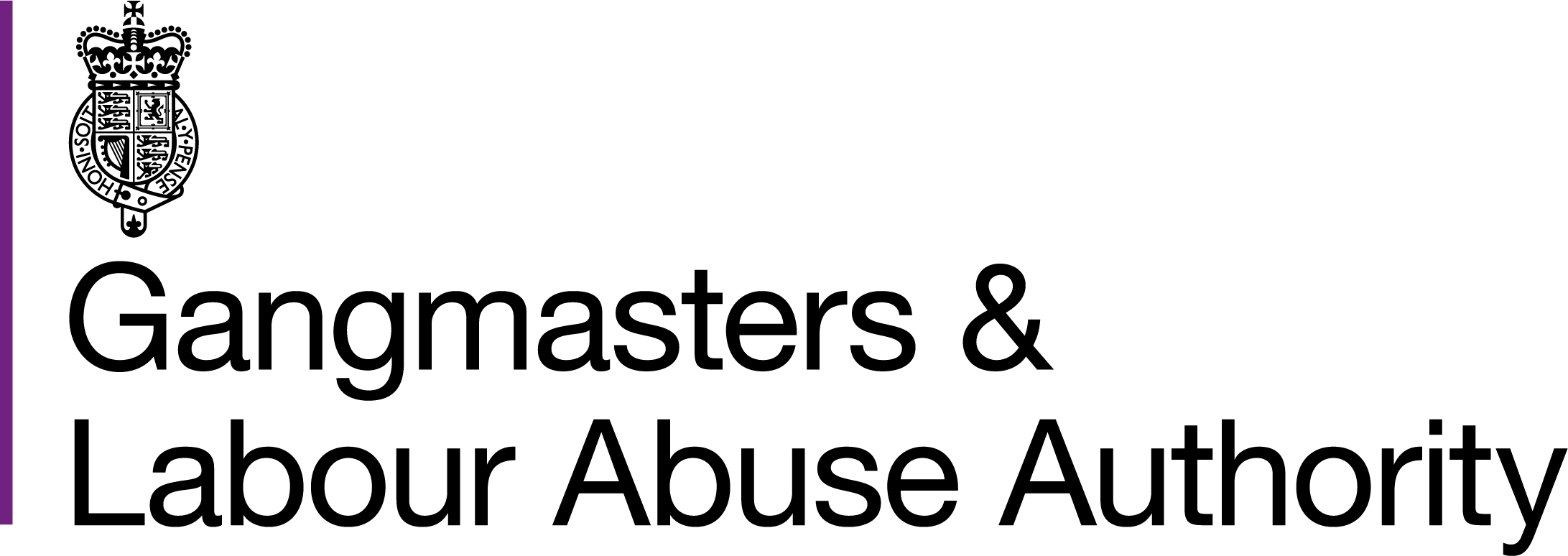GLAA partnership bulletins
Here you will find our latest partnership bulletins which will give you a flavour of what the GLAA's been up to as well as other useful news and information.
If you have any feedback or would like to receive bulletins via email please let us know by contacting: communications@gla.gov.uk
September 2025 partnership bulletin
June 2025 partnership bulletin
March 2025 partnership bulletin
December 2024 partnership bulletin
September 2024 partnership bulletin
December 2023 partnership bulletin
September 2023 partnership bulletin
March 2023 partnership bulletin
December 2022 partnership bulletin
August 2022 partnership bulletin
June 2022 partnership bulletin
March 2022 partnership bulletin
November 2021 partnership bulletin
August 2021 partnership bulletin
February 2021 partnership bulletin
November 2020 partnership bulletin
August 2020 partnership bulletin
April 2020 partnership bulletin
February 2020 partnership bulletin
